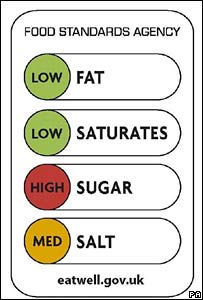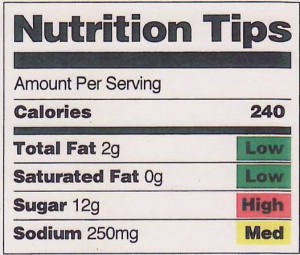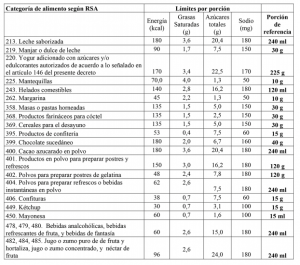I’m just back from judging Google’s first Science Fair for kids 13 to 18 at its corporate headquarters in California (yes, those are tomatoes growing in the foreground).

Google’s famous food program: Why famous? It is:
- Available 24/7
- Totally free
- Varied and delicious
- Designed to promote health as well as environmental values (local, organic, sustainable)
On this last point, the recycling program is comprehensive and the campus is planted with organic vegetables, free for the picking:

But what about the “freshman 15”?
If free food is available 24/7, isn’t Google creating a classic “obesogenic” environment? Do new Google employees gain weight?
Indeed, they do, and this creates a dilemma for the food team. I met with Joe Marcus, Google’s food program manager, and executive chef Scott Giambastiani. Free and very good food, they explain, is an important recruiting perk for Google. Employees learn to manage it. And those who are eating healthy food for the first time in their lives find that they actually lose weight.
Google’s food labeling program
Google labels its snacks, drinks, and the foods prepared in its 25 or so cafeterias with traffic lights: green (eat anytime), yellow (once in a while), or red (not often, please). It bases the decisions about which food goes where on the Harvard School of Public Health’s healthy eating pyramid. It labels foods at the top of the Harvard pyramid red, the ones in the middle yellow, and those at the bottom green.
In theory this makes sense as a starting point. In practice, it tends to seem a bit like nutritionism—reducing the value of the foods to a few key nutrients.
The difficulties are most evident in the snack foods, freely available from kiosks all over the campus. Products are displayed on shelves labeled red, yellow, or green. For example:
GREEN: Sun chips, 1.5 oz, 210 kcal, 10 g fat, 180 mg sodium, 3 g sugar, 4 g fiber
YELLOW: Lentil chips, 1 oz, 110 kcal, 3 g fat, 170 mg sodium, 1 g sugar, 3 g fiber
YELLOW: Walnuts, 0.8 oz, 150 kcal, 15 g fat, 0 g sodium, 1 g sugar, 2 g fiber
RED: Luau BBQ chips, 1.5 oz, 210 kcal, 14 g fat, 158 mg sodium, 2 g sugar, 1 g fiber
Note: the weights of the packages are not the same, so the amounts are not really comparable, but the ranking scheme seems to give most credit for fiber.
As for these and the foods cooked in cafeterias, Google uses other strategies to promote healthier choices. It:
- Puts the healthiest products at eye level
- Uses small plates
- Tries to include vegetables in everything
- Makes healthier options available at all times
- Uses the smallest sizes of snack foods (packages of 2 Oreos, rather than 6)
- Makes it easy to be physically active (Google bicycles!)
The only place on the campus where employees pay for food is from a vending machine. The pricing strategy is based on nutrient content, again according to the Harvard pyramid plan. For the vended products, you pay:
- one cent per gram of sugar
- two cents per gram of fat
- four cents per gram of saturated fat
- one dollar per gram of trans fat
On this basis, Quaker Chewy Bars are 15 cents each, Famous Amos cookies re 55 cents, and an enormous Ghirardelli chocolate bar is $4.25. Weights don’t count and neither do calories. The machine is not run by Google. Whoever does it has a sense of humor.
Impressive, all this. Not every company can feed its nearly 30,000 employees like this but every company can adopt some of these strategies. It might save them some health care costs, if nothing else.







